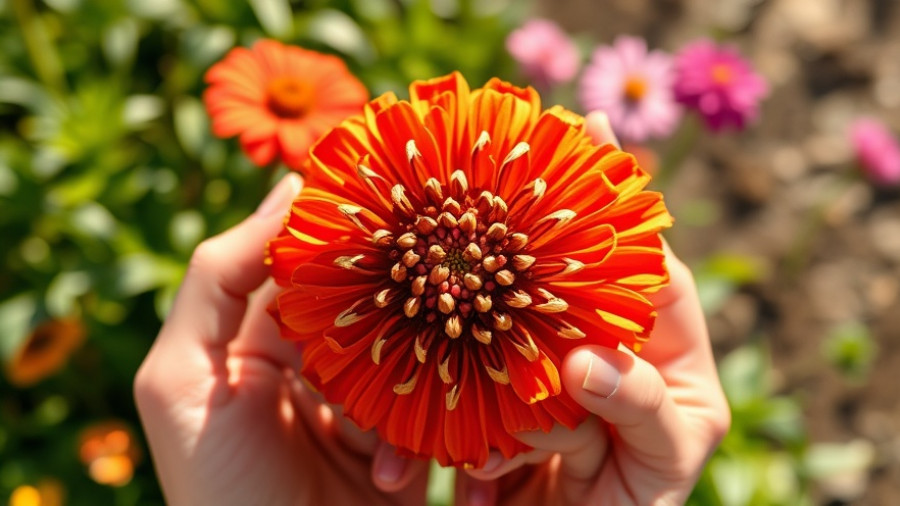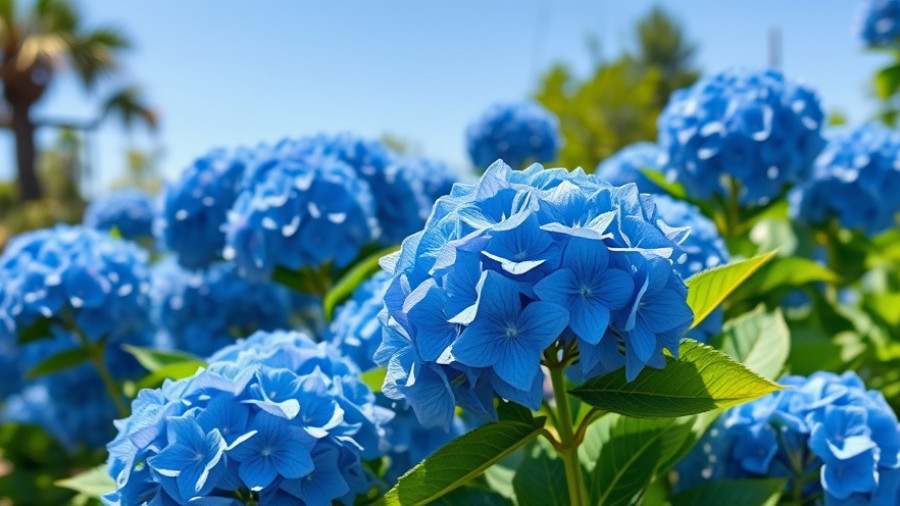
Transform Your Garden with Deer-Resistant Perennials
As anyone who tends to a garden knows, summer brings not only vibrant blooms but also the persistent menace of deer. They may look graceful, but when they start nibbling tender leaves and flowers, garden enthusiasts find themselves in a battle for their blooms. Fortunately, there are heat-tolerant, deer-resistant perennials that combat this problem while bringing color and life to your outdoor sanctuary. In this article, we explore lovely options that flourish under the summer sun, ensuring your backyard thrives despite your four-legged challengers.
Why Choose Deer-Resistant Perennials?
While no plant is completely deer-proof, certain characteristics can make them less appealing to these herbivorous visitors. Deer tend to avoid plants with aromatic foliage, textural leaves (like fuzzy or spiny ones), or those containing natural toxins. Opting for heat-loving perennials can help take the worry out of gardening in deer-prone areas.
Resilient plants like these not only deter deer but also require minimal maintenance, making them perfect for busy gardeners or those looking for low-maintenance landscaping solutions.
Top Picks for Heat-Tolerant, Deer-Resistant Plants
Incorporating deer-resistant perennials can create a vibrant landscape that also attracts beneficial pollinators. Here are some attractive varieties to consider for your summer garden:
- Blue Victory Salvia: Known for its resilient nature and beautiful blue blooms, this salvia thrives in full sun and produces vibrant flower spikes that can make any garden sing.
- Milkweed / Butterfly Flower: This perennial not only offers striking flowers but serves as a vital food source for butterflies, especially the Monarch.
- Colorado Blend Yarrow: With its tough disposition and beautiful blooms, yarrow is a favorite amongst gardeners aiming to create a low-maintenance flower bed layout.
- Spigelia (Pinkroot): Known for thriving in heat and humidity, this perennial features attractive flowers and tolerates partial shade, making it a flexible addition to your outdoor living spaces.
Caring for Your Heat-Loving Perennials
A far cry from their more delicate counterparts, deer-resistant perennials are often some of the easiest specimens to grow. They thrive in various soil types and weather conditions, with a critical focus on weekly watering in extreme heat.
Additionally, implementing eco-friendly yard care practices will enhance the health and vitality of your plants. Regular mulching can keep roots cool while reducing water evaporation. Making sure you've included proper yard drainage solutions allows these plants to flourish.
Enhancing Your Outdoor Space with Design Ideas
When planning your garden, consider integrating these perennials throughout your landscape to create visual interest and extend blooming periods throughout the summer. Incorporating decorative elements like a fire pit or an outdoor kitchen design can elevate the space, encouraging family gatherings and connecting with nature.
Utilize landscaping ideas with paver patios and effective landscape lighting ideas to focus attention on your vibrant blooms, crafting an inviting atmosphere for evening enjoyment.
Common Misconceptions About Deer and Gardens
One prevalent myth is that all deer will avoid the same plants. This isn't true; local deer population preferences can vary. Educating oneself about regional factors influencing local wildlife will help in making better gardening decisions.
As a result, selecting a combination of options above and incorporating seasonal planting guidelines can result in a thriving, diverse, and deer-resistant garden.
Final Thoughts on Your Gardening Journey
Creating a spirited garden filled with heat-loving, deer-resistant perennials can be both a joy and a challenge. By leveraging the power of these beautiful plants, you can create a thriving outdoor space that's lively, colorful, and less susceptible to deer damage. Join us in redefining your garden's potential this summer, ensuring it blossoms to its fullest!
Call to Action: Begin your transformation today by visiting your local gardening center to explore these plant varieties and embark on your journey towards a lush, deer-resistant garden sanctuary!
 Add Row
Add Row  Add
Add 




Write A Comment